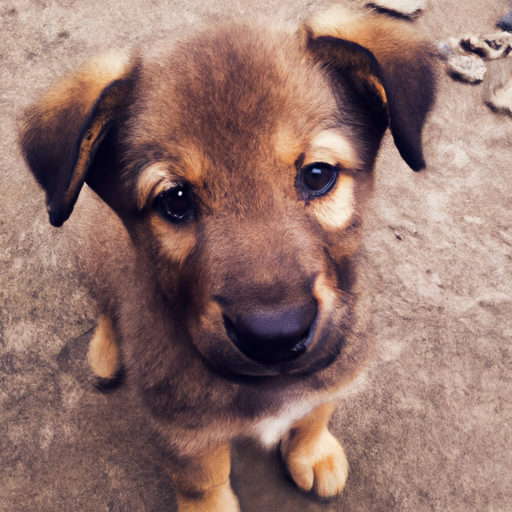Have you ever found yourself sitting comfortably on your couch, only to look up and see your furry friend staring at you? You might have wondered, “What’s going on in that doggy brain of theirs?”
Understanding Your Dog’s Stare
Dogs are highly expressive creatures, using a variety of signals, such as wagging tails, playful barks, and of course, staring, to communicate. When your dog stares at you, it’s their way of interacting and understanding their environment.
-
Seeking Attention: Dogs often use their gaze to get your attention. They might want to play, go for a walk, or simply seek your affection.
-
Anticipating Your Actions: Your dog might be trying to predict your next move. If it’s nearing dinner time, they could be hoping to see you head towards their food bowl.
-
Expressing Emotion: Dogs can express a range of emotions through their eyes. A soft, relaxed stare often indicates contentment, while a hard, intense gaze could signal aggression.
-
Building a Connection: Staring also helps dogs bond with their humans. Researchers have found that when dogs and their owners gaze into each other’s eyes, both experience a rise in oxytocin, a hormone associated with social bonding.
The Language of Canine Gaze
Like humans, dogs have a complex language of gazes. Here’s a brief guide to decoding your dog’s stare:
| Type of Stare | Meaning |
|---|---|
| Soft, relaxed stare | Contentment, affection |
| Hard, intense stare | Agitation, aggression |
| Wide-eyed, whale-eye stare | Fear, anxiety |
| Staring with blinky eyes | Playfulness, excitement |
Remember, the context is crucial in interpreting your dog’s gaze. For instance, a hard stare during playtime could simply indicate high excitement and not aggression.
Responding to Your Dog’s Stare
When your dog stares at you, it’s important to respond appropriately. Here are some tips:
-
If your dog is seeking attention or affection, feel free to reciprocate. This can strengthen your bond.
-
If your dog seems anxious or fearful, try to identify and remove the cause of their stress.
-
If your dog displays a hard, aggressive stare, avoid direct eye contact, as this may escalate the situation. Seek professional help if this behavior persists.
Building a Positive Staring Relationship with Your Dog
Staring does not always have to be a cause for concern. You can use it to build a stronger bond with your dog:
-
Training Sessions: Use your dog’s focus on you during training sessions. Reward them for maintaining eye contact with treats and praise.
-
Mutual Gazing: Engage in mutual gazing sessions with your dog. This can increase feelings of affection and understanding.
-
Recognize and Respect Their Boundaries: Some dogs may feel uncomfortable with prolonged staring. Learn to recognize their comfort levels and respect their boundaries.
Frequently Asked Questions
1. Why does my dog stare at me when I eat?
Dogs typically stare at their owners while they’re eating in hopes of getting a bite of whatever is being consumed. It’s a survival instinct, as in the wild, dogs would wait patiently for their chance to eat.
2. Is it bad to stare a dog in the eyes?
It depends on the dog and the situation. While mutual gazing can increase bonding between you and your dog, a direct, hard stare can be perceived as a threat by some dogs.
3. Why does my dog stare at me and bark?
Your dog may be trying to communicate something—like they want to play, need to go outside, or are hungry. If the barking becomes excessive, it could indicate a behavioral issue.
Remember, every dog is unique. What holds true for one might not apply to another. Understanding your dog’s individual communication style can go a long way in strengthening your bond and ensuring their well-being.



